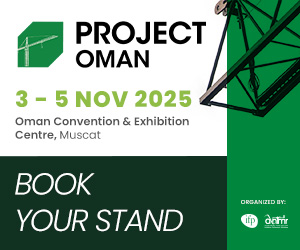Lebanon is entering a decisive stage of reconstruction, marked by new investments and ambitious projects that signal both recovery and long-term growth. Despite economic and political headwinds, the country is mobilizing international support and domestic initiatives to rebuild critical infrastructure.
World Bank Funding for Reconstruction
In June 2025, the World Bank approved USD 250 million in emergency financing to rehabilitate key infrastructure in conflict-affected regions, covering transport, energy, water, health, education, and municipal services. The loan is part of a scalable USD 1 billion framework, with Lebanon’s total recovery needs estimated at USD 11 billion.
Power Sector Relief and Energy Shift
Electricity shortages continue to strain daily life and economic activity. To address this, Lebanon has secured a USD 250 million World Bank loan, with discussions to raise it to USD 400 million. While reliance on imported fuel remains a challenge, momentum is building for renewable energy through solar initiatives and net metering policies, offering a path to greater energy resilience.
Roads and Public Transport
Traffic congestion and road safety are major public concerns. The government has launched a USD 40 million expansion of the Jounieh Highway, described as a “historic achievement” by MP Sagih Atieh, alongside new upgrades to the Chekka highway and Jounieh Marina. Plans also include 130 new public buses and updated traffic signs by September, strengthening mobility and safety nationwide.
Employment-Intensive Infrastructure Program
With support from the ILO, Lebanon has advanced Phase VI of its Employment-Intensive Infrastructure Programme, designed to generate jobs while upgrading community infrastructure. This initiative reflects a dual focus: rebuilding physical assets and empowering local communities.
Airport Upgrades: Beirut and Beyond
Air transport is also set for transformation. Rafic Hariri International Airport will undergo a massive expansion, with a second terminal costing up to USD 500 million and capacity to serve 5 million passengers initially, expandable to 8 million. Designed by Dar Al Handasah, the terminal will introduce cutting-edge technologies such as seamless digital passenger processing.
At the same time, René Mouawad (Qlayaat) Airport in northern Lebanon is slated for revival by 2026. Serving as a passenger and cargo hub, it will relieve pressure on Beirut’s airport while supporting tourism, trade, and regional connectivity. Its strategic location near Tripoli and the Syrian border also enhances national security and economic potential.
Outlook
Lebanon’s infrastructure revival rests on a mix of global financing, public-private partnerships, and national reforms. From energy and highways to airports and community projects, these efforts reflect more than reconstruction—they represent steps toward resilience, modernization, and sustainable growth.
Sources: The World Bank, Reuters, The961.com



















































































